GO Guangdong Route:
He Chun Zhu Residence→ Huang's ancestral hall→Guyi Bookroom→Chun Yang Tai
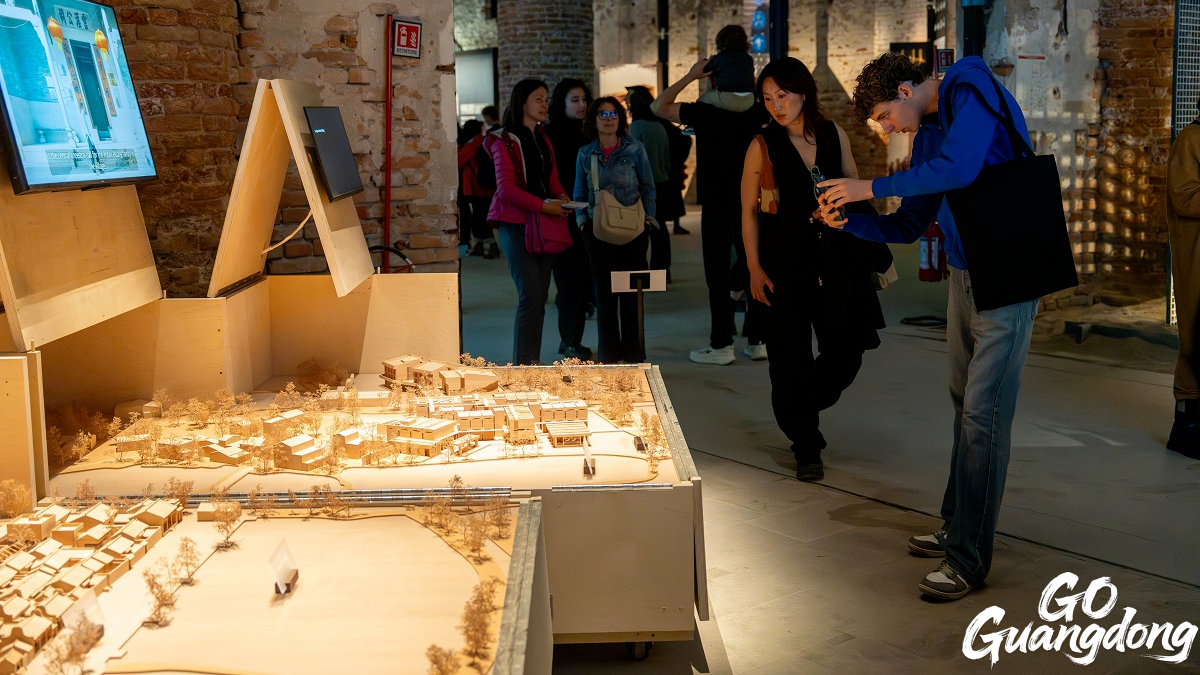
Langtou Village displayed at the Venice Architecture Biennale
Langtou Village, located in Tanbu Town within Guangzhou’s Huadu District, boasts a history of 700 years and a rich cultural heritage. It was founded by the Huang family in the 27th year of Emperor Zhizheng's reign during the Yuan Dynasty (A.D. 1367) . The village’s name is derived from its location on low hillocks adjacent to waterlogged fields, pronounced “lǎng tián” in Chinese.
The Langtou Rural Revitalization Project is initiated by the Guangdong Provincial Vipshop Charity Foundation, an organization committed to women's empowerment, rural revitalization, and innovative public welfare through the Internet. With a total investment exceeding 200 million RMB (approximately 27.8 million USD), the project seeks to explore new paths for rural development and establish a sustainable model for shared prosperity.
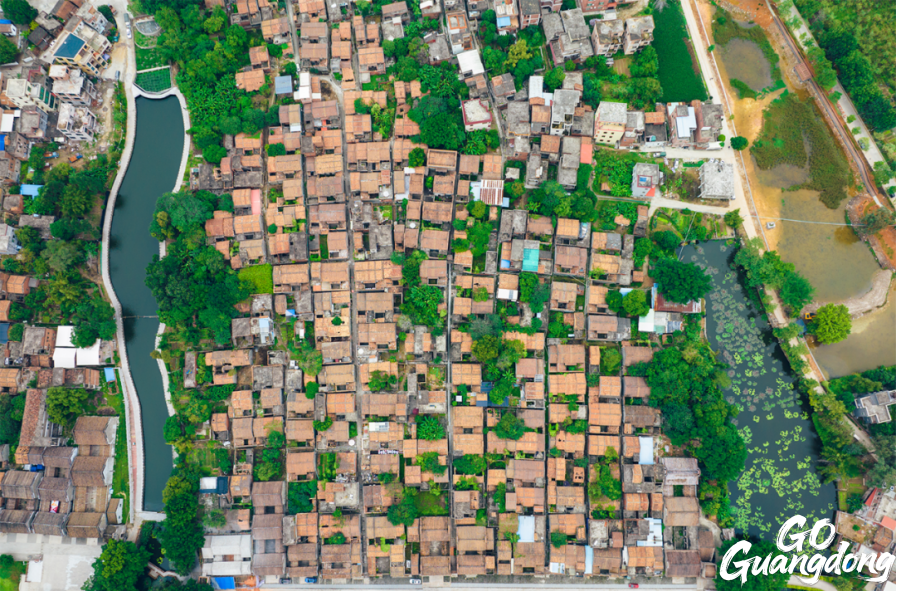
Langtou Village, Tanbu Town, Huadu District, Guangzhou City
He Chun Zhu: Historic relics revitalized into homestays
Langtou stands out as the largest and best-preserved Cantonese village of Guangzhou with distinct Lingnan architecture. However, it once faced challenges such as population decline, labor shortages, and limited income growth for villagers. In 2021, the village seized a new opportunity. The Huadu District government in Guangzhou partnered with Vipshop, a leading online discount retailer in China, to launch a rural revitalization project.
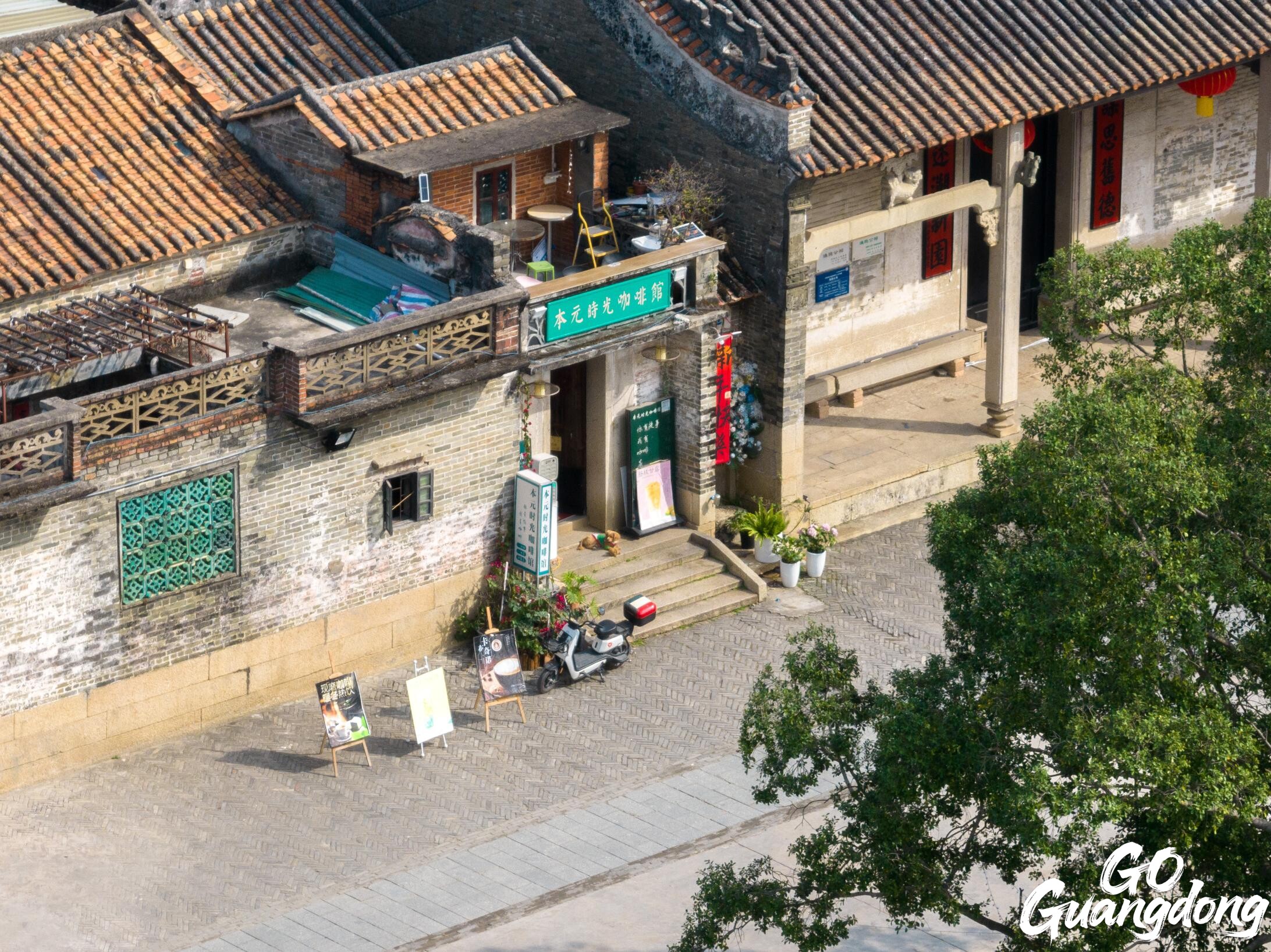
Historic architecture in Langtou has been revitalized as Coffee
Heritage experts have long acknowledged Langtou's significant historical and cultural worth, yet they realized a key fact: Langtou must be revitalized, not merely preserved, but also inhabited.
"Our goal was always balance—preserving authenticity while making heritage functional," said the design director of the project Li Sha. "The toughest part? No demolition or major reconstruction. Every old house had to be restored exactly as it was—original textures, colors, layouts, and all."
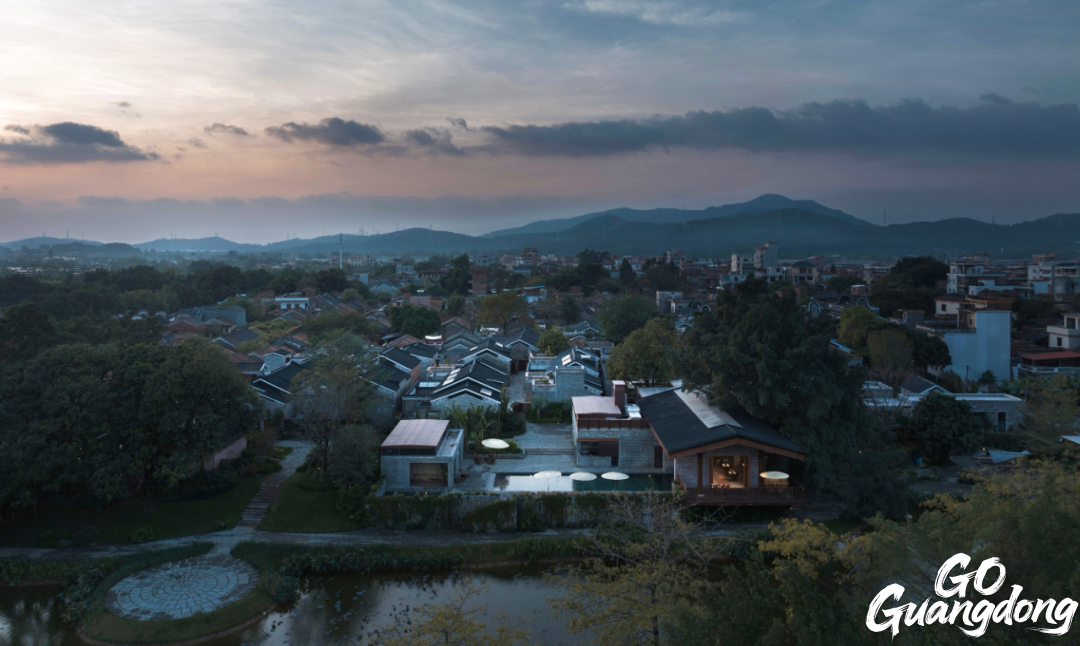
He Chun Zhu Residence
In the beginning, the restoration plan focused on preserving the original bricks and patterns, even keeping the wild trees among the dilapidated homes. The interior blends traditional craftsmanship with modern aesthetics. The revamped “He Chun Zhu” residence now boasts lush, year-round blooming glasshouse gardens and reading rooms filled with rich cultural atmosphere.
Under the "Old House Awakening Initiative (老屋唤醒计划)”, 21 courtyard homes in the village's ancient lanes have been revamped into cultural homestays named “He Chun Zhu” (Spring Harmony Residence). As of today, the village has a well-preserved collection of ancient architecture, including 388 black brick buildings from the Ming and Qing Dynasties. Among these are 34 ancestral halls, bookrooms, academies, and 5 blockhouses and gateways.
Chun Yang Tai:A new landmark demonstrates Lingnan aesthetics
Langtou Village's small, irregularly clustered buildings, with their gray-white walls, pillars, and steps, form a unique and artistic "little world"—the popular Chun Yang Tai. Inside, it features diverse spaces, including a library, cultural and museum exhibits, a reading room, and a theater, offering new venues for the village's cultural activities.
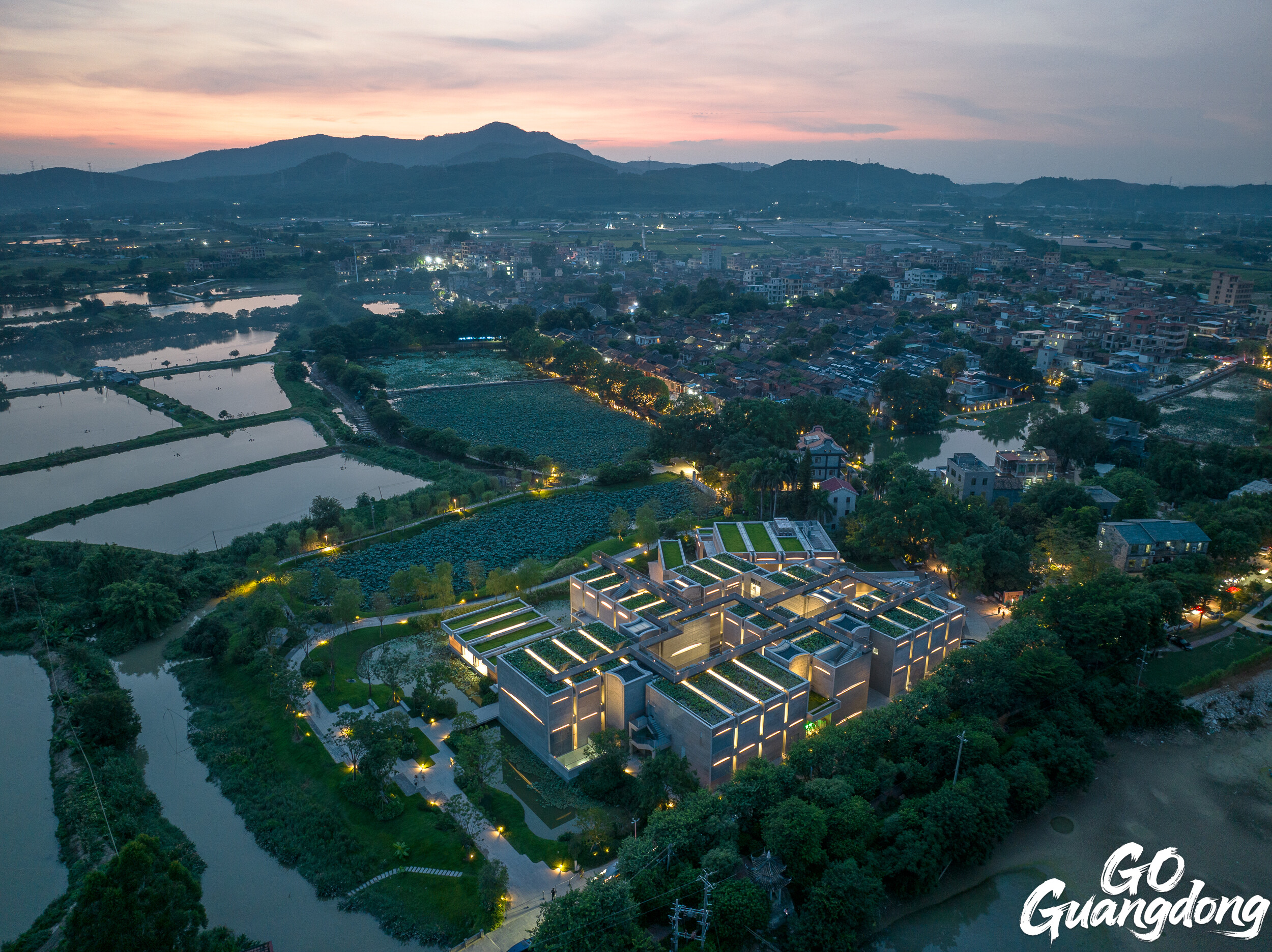
Chun Yang Tai Arts and Cultural Centre
From the beginning, the design director, Zhang Yonghe focused on the relationship between the architecture and a giant banyan tree, ensuring the tree would overshadow the buildings to match the ancient village's scale. The main structure is located one floor underground, with 25 ecological lotus ponds planted on the roof, creating a “three-dimensional lotus pond” landscape that harmonizes with the village's front pond.
Chun Yang Tai's compact size fosters a closeness and respect for nature rarely found in megacities. Nestled by the lotus ponds, it blends seamlessly into the ecological environment, crafting a more livable and inviting space for residents and visitors alike.
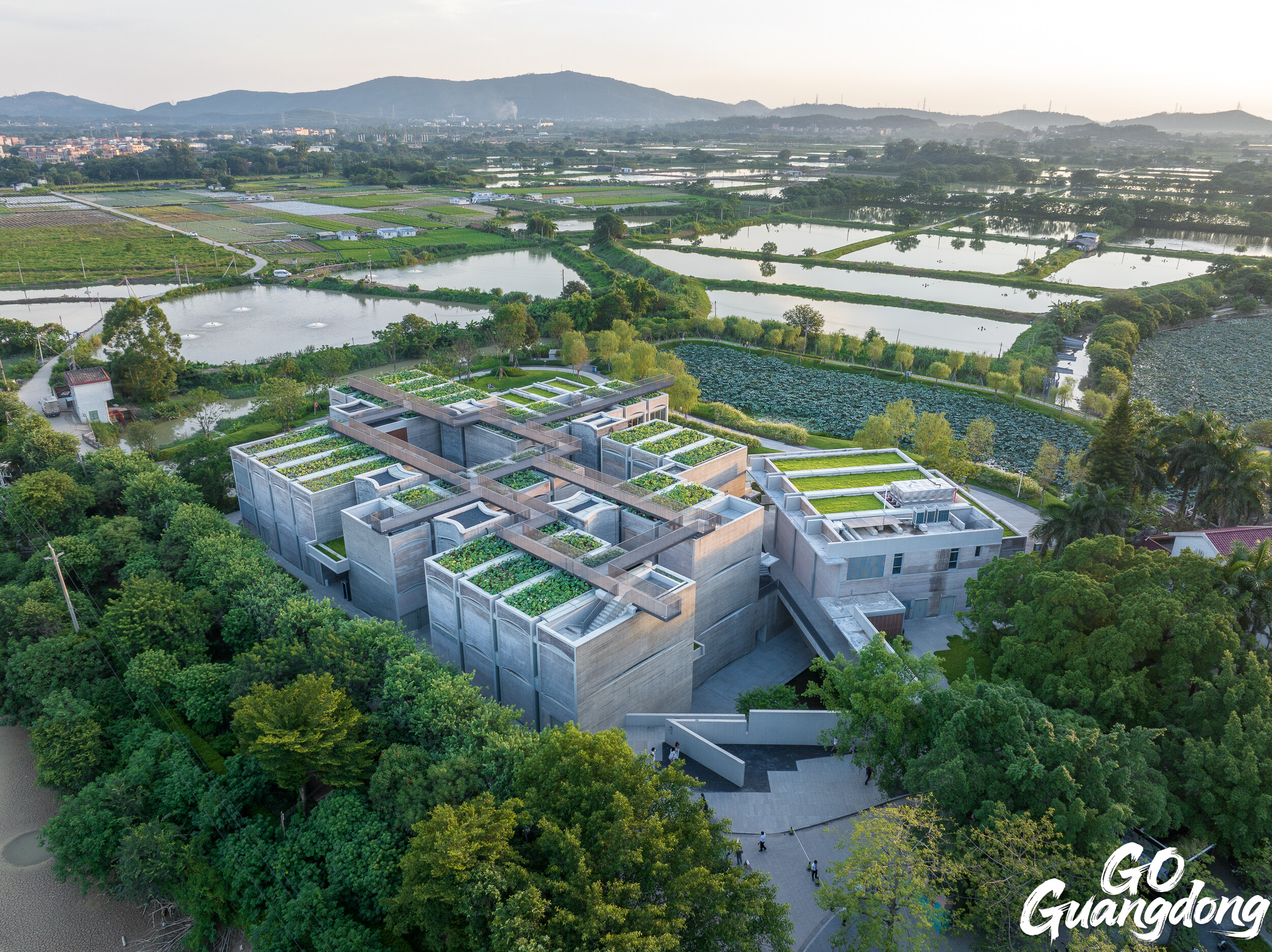
Lotus ponds in Chu Yang Tai
Chun Yang Tai is opening from Tuesday to Sunday (10 am - 6 pm). Visitors can buy tickets online (Adults: RMB 120, Students: RMB 60, Seniors aged 60and older: Free). In its first month of operation in 2023, it welcomed over 50,000 visitors.
Summer Lotus Fair:Historic buildings revamped as creative hub
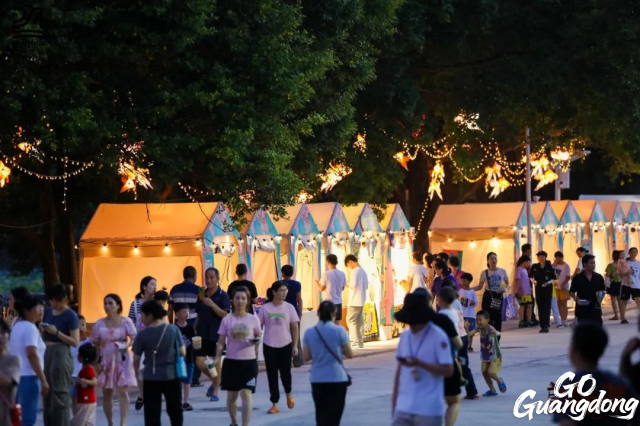
Summer Lotus Fair
Every summer in July, Langtou Village holds a "Summer Lotus Fair" themed on the lotus flower. The market has unique stalls featuring tea art, floral art, fabric crafts, incense culture, plant arrangements, and local delicacies, emphasizing "natural creations." During the fair, the village sees a surge in visitors, with over 3,000 on the first day and a total of more than 10,000 attendees.
Additionally, the village host cultural-creative exhibitions in the Lingnan heritage buildings, showcasing furniture, art, florals, illustrations, ceramics and home aesthetics. Blending traditional culture with modern lifestyle trends, these exhibitions are popular among young visitors and inject new vitality into the ancient village.
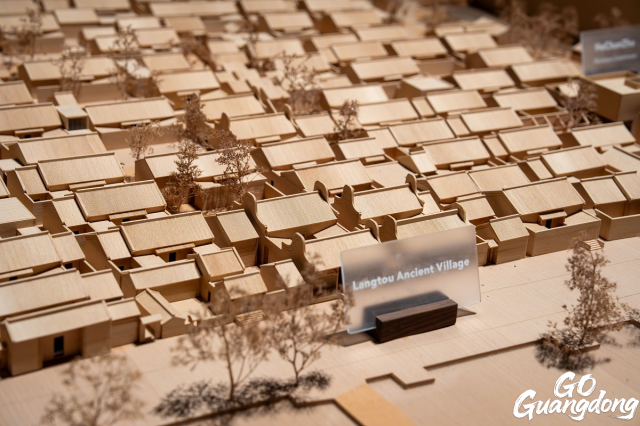
Langtou Experiment showcased at Venice Biennale of Architecture
Eco-friendly architectural models showcase the Langtou ancient village.
In 2025, the revitalization project of Langtou named "Langtou Experiment" is featured in the 19th Venice Biennale of Architecture, sharing the story of Langtou's three-year transformation with a global audience through captivating videos and eco-friendly architectural models. Langtou is showing the world how ancient villages can thrive in the modern age.
The Langtou Experiment features large scale models of the village and documentaries about its built and natural context, as well as interviews with key stakeholders. Everything is housed within two plywood cases, which is both a safety measure during transportation and, once deployed, a podium for presentation. This approach, embedded with the ideas of motivation, diversity, and sustainability, echoes the core objective of the Langtou Experiment itself.
Reported by Tang Huiting
Edited by Yin Juewen
Photos provided by 新塱潮










